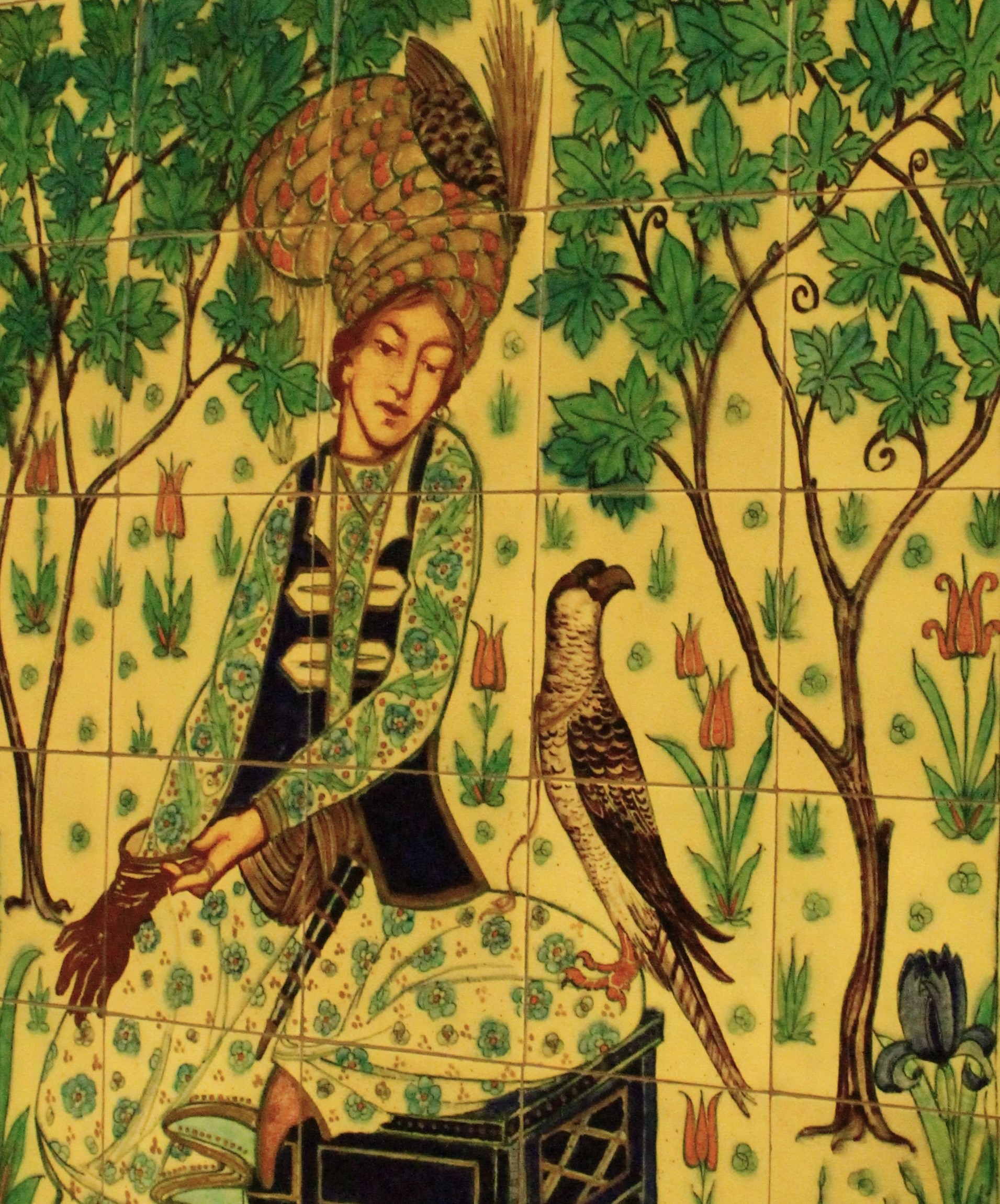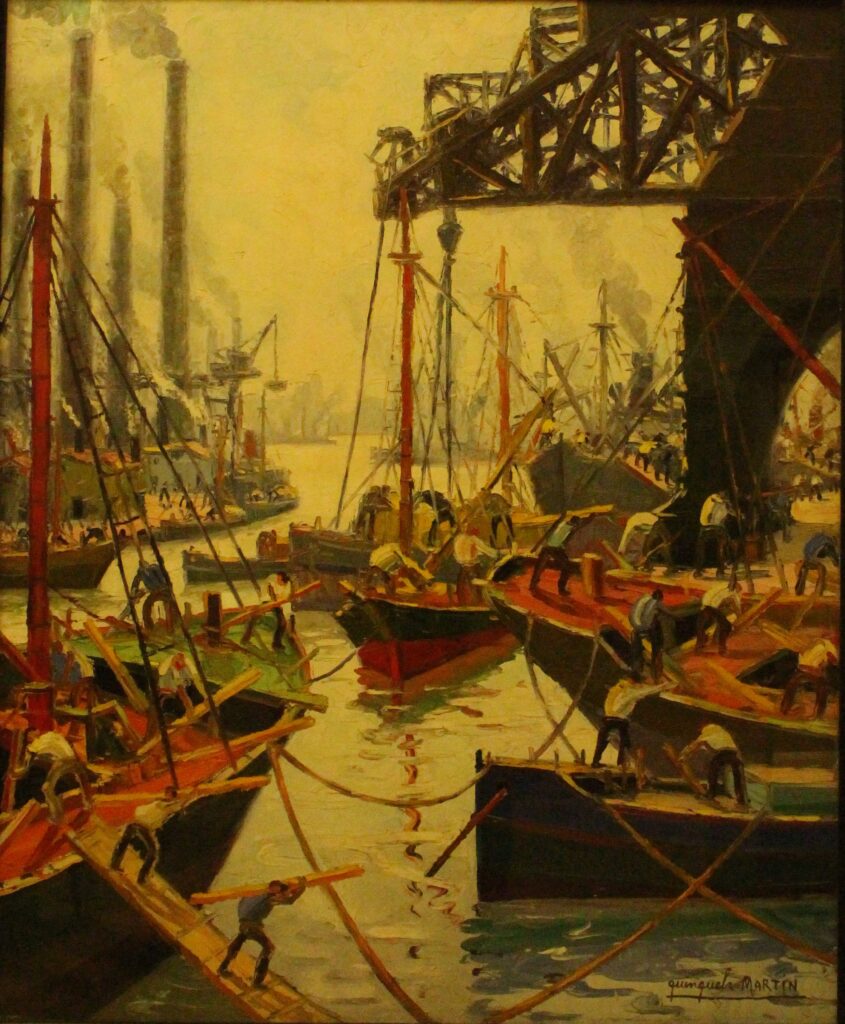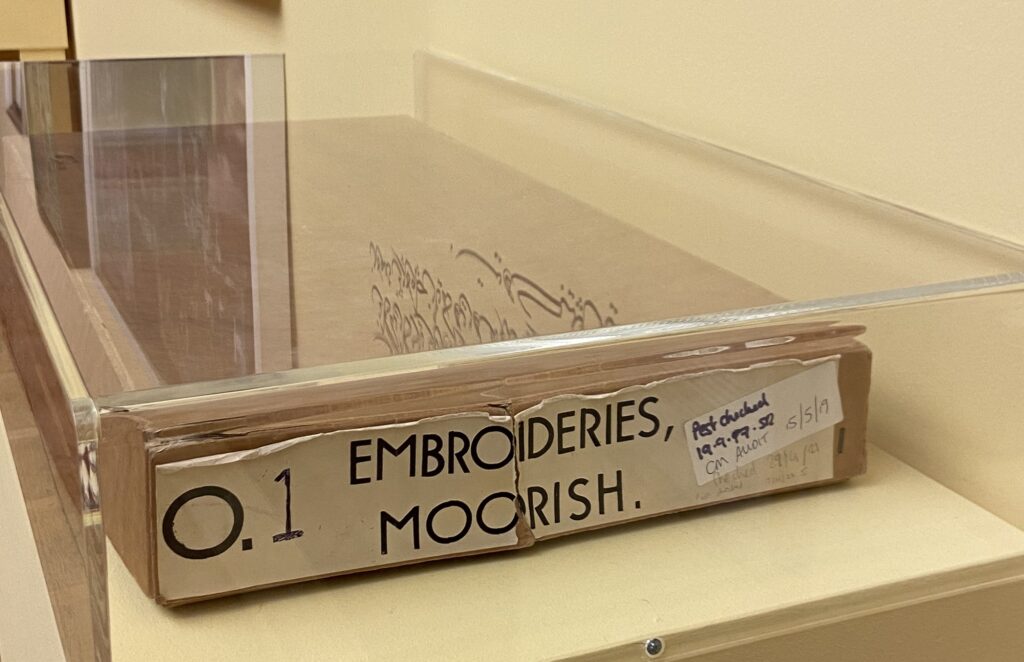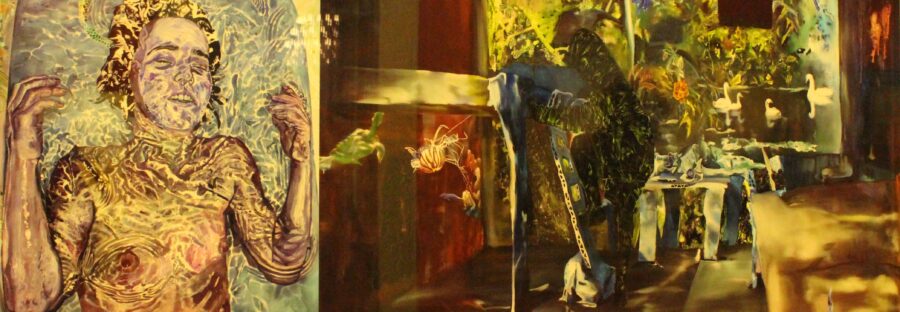‘Rethinking the Grand Tour’ exhibition explores our colonial past in art and culture
- ‘Rethinking the Grand Tour’ is an exhibition which explores the cultural appropriation of the western empire
- The project seeks to amplify the voices behind the art and culture that have been displaced
- The exhibition is part of the University of Manchester and the University of Melbourne’s ‘Displacement Aesthetic’ project.
A new exhibition in Manchester Art Gallery has been opened to the public, which explores the hidden voices behind the colonialism of art and culture in Britain
Kani Kamil, one of the artists that took part in the exhibition, told NQ: “visiting Pergamon museum in Berlin for the first time last summer left me in tears because most of my heritage no longer belongs to Iraq, while also, just to be able to see them, I had to pay.”

“That led me to ask some questions about the museums and galleries in the UK”
Kani Kamil
The exhibition is part of a greater project called Displacement Aesthetics, led by the University of Manchester and the University of Melbourne. The project focuses on the movement of culture and art that has been taken by the British empire. It asks individuals to reflect on cultural and artistic styles and pieces that are accessible in the UK, which have originated elsewhere

The artists behind the exhibition chose pieces specifically to explore the feelings of displacement. It also displays how material and cultural assets were taken during Britain’s tour of the Middle East to Asia.
Kani stated: “I was eagerly searching for the stories of the objects and their journeys in their collections, such as who these items belong to, when it was made and who brought them, how did it come to this country in particular?”
Hannah Williamson, a curator behind the exhibition told NQ: “It’s our job to reflect, respond to, and shape the cultural life of our city (…) and it’s about time we started to look about us, and notice that perhaps our city is leaving us behind. It’s no good having displays of old pictures that speak to only a very particular minority of people. The collection belongs to everyone in the city (and by extension the country) and there is so much more in the store than pictures of Roman countryside in hazy sunlight”
The exhibition stands as cultural resilience where historical and modern day forms of displacement of art are illustrated amongst a yellow wall. The focus time frame ranges from the forced migration during the Second World War and to contemporary society.

Moreover, as the exhibition challenges practices of displacement by Western countries, it works to give space to the voices of the artists that were hidden through the appropriation of art and culture.
Kani stated that “the exhibition is an important showcase to depict their feelings, whilst also changing the western standard understanding of the grand tour, we need to revisit the way such material has been documented and understood”
In particular, Kani Kamil’s ‘A whisper behind the Grand Tour’ includes a Moorish Box enclosed with a Hashmi dress, a traditional Iraqi costume.

Kami told NQ: “Moorish, the label itself reads as others“
“unrecognisable others“
The leaders behind the exhibition also highlight the importance of how migrant art has been categorised in ways that make non-western belongings impersonal.


